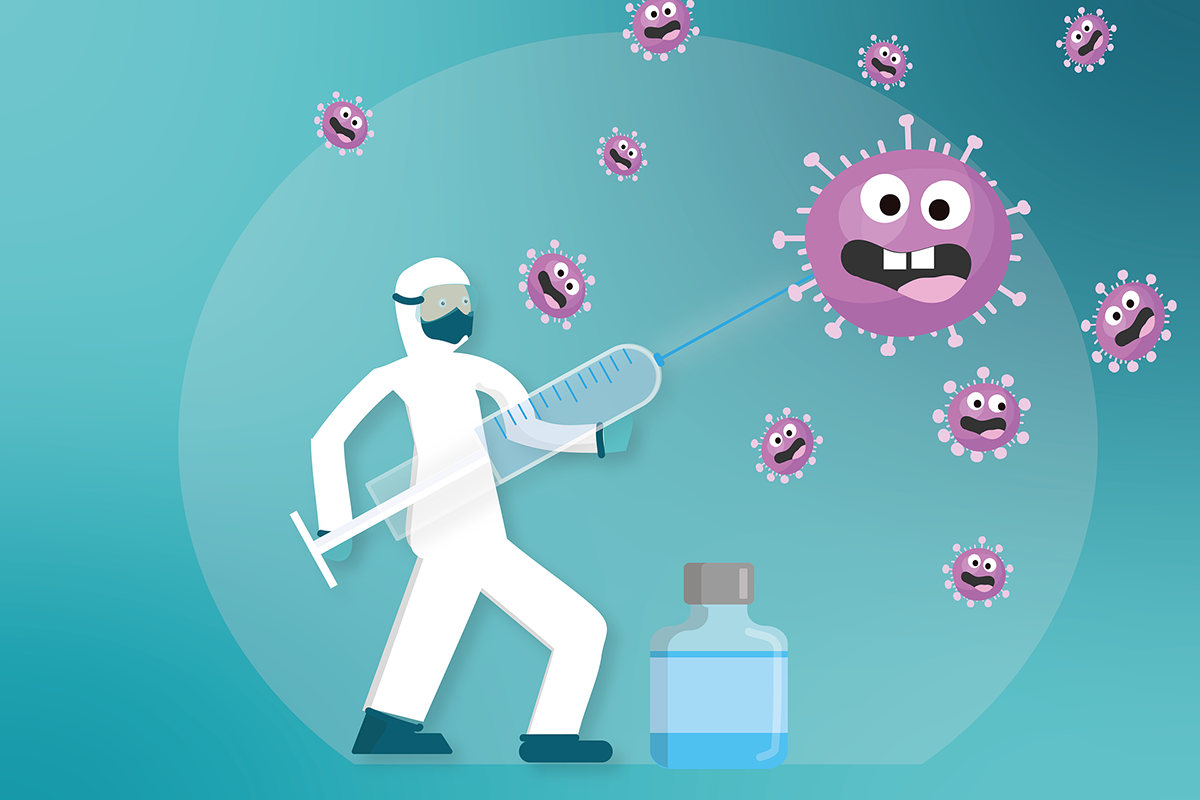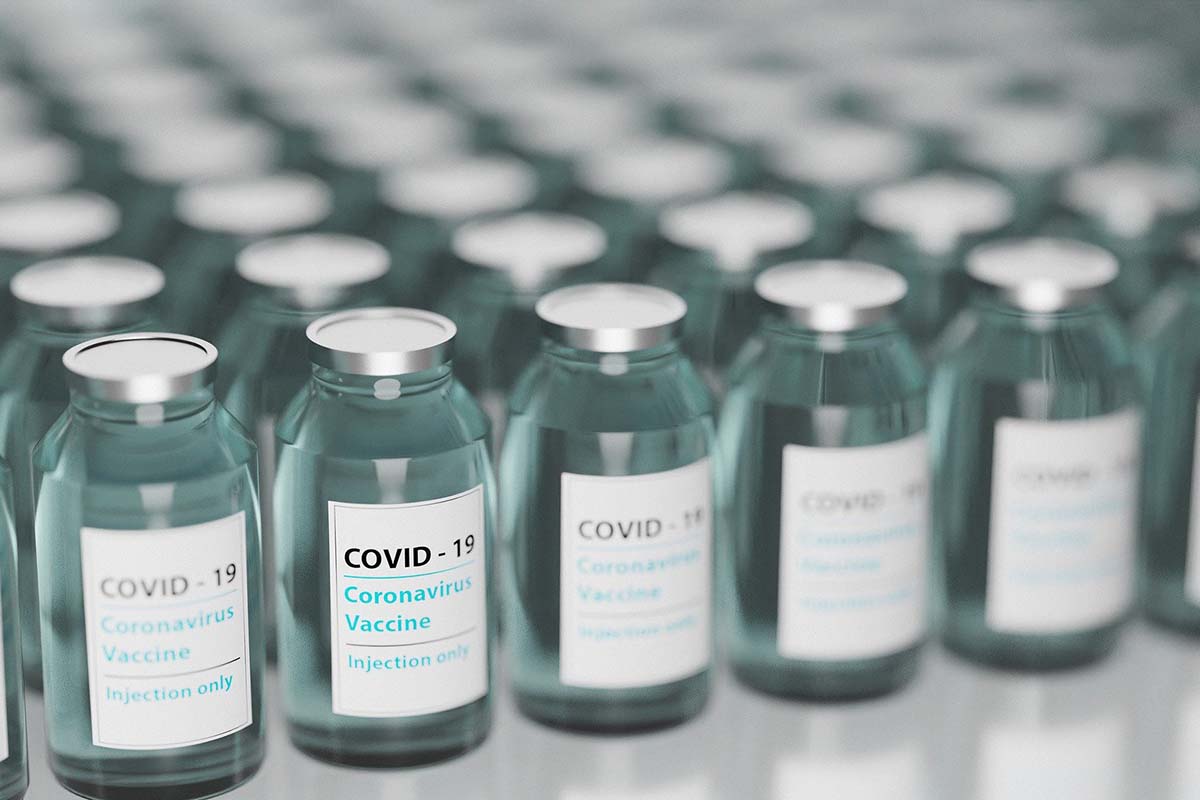Vaccination 100 Years Ago and Today: What Is The Difference
Vaccination today. Vaccines play a significant role in helping to keep our world healthy and safe. Without vaccines, we would still be battling illnesses like polio, measles, smallpox, and several others that have all but ended thanks to vaccines. They are truly one of the greatest innovations in the history of healthcare.
Unfortunately, most people don’t understand them very well or how they work. Be sure to use a trusted resource like healthtap.com to do your research. While vaccines dominate the news and get a lot of attention due to the Covid-19 pandemic, they are far from new. In fact, the idea of vaccines dates back hundreds of years.
As you could imagine, there have been many changes over the years. Let’s look at the differences between vaccines today and what they were like 100 years ago without any further ado.
Much More Variety Today
Today, there are a variety of vaccines available. This variety means people are protected from many diseases and viruses that could have been fatal if you had gotten them a century ago. Back then, there wasn’t even a vaccine for the flu, and the vaccine for polio was still decades away. In addition to more specific diseases being prevented with vaccines today, there are also more types of vaccines. But when did these advancements in vaccines occur?
Before the 20th century, vaccines were incredibly different than they are today. For example, in 1796, a physician named Edward Jenner took a blister of someone infected with cowpox and rubbed the fluid into a cut on the arm of an eight-year-old boy. This treatment rendered the boy immune to smallpox.
While this idea obviously worked and became popular all over the world, it was fairly gruesome. Also, not every disease has an animal-counterpart that will work in this fashion. Over the following decades, scientists got the idea to use weakened or killed versions of the virus in vaccines. This still led to immunity, only with a much lower chance of being infected with the disease they are trying to fight off.
Once scientific advancements were made in the early 20th century, many more vaccines were being created in the coming decades. This includes the whooping cough vaccine in 1914, the influenza vaccine in 1945, the polio vaccine in 1955, and many others within that range.
While many vaccines still use the traditional approach of using a weakened or killed version of the vaccine, there are other types, with more to come in the future. Good examples of this are the recent Covid-19 vaccines. These use the mRNA of the virus’s spike protein to teach the body how to fight it off. You are never exposed to any actual part of the Covid-19 virus when you get vaccinated, but your body will still retain the blueprint of how to destroy the protein, which stops the virus from infecting you.
Vaccination Today Have Become More Readily Available
The availability of vaccines has vastly improved over time. While it is nowhere near perfect, and there are still many people who aren’t getting vaccinated when they should, things are certainly improving. Organizations like Gavi are looking to make vaccines more accessible and available in poorer countries all over the world, as well.
A big part of this is that vaccines are profitable for companies now. They weren’t trendy in the past, which often led companies to slow or stop their production. As a result, there was a major supply issue that stopped many people from getting or afford the necessary vaccines. If they were able to get it, it was generally quite expensive, as well.
Worldwide campaigns about the benefits and importance of vaccines have helped them become much more prevalent today than they were 100 years ago. But other factors like a more efficient manufacturing process and supply chain have also played a role.
We hope the information included in this article has been able to help you learn the difference between modern vaccines and the vaccination efforts of 100 years ago.



















